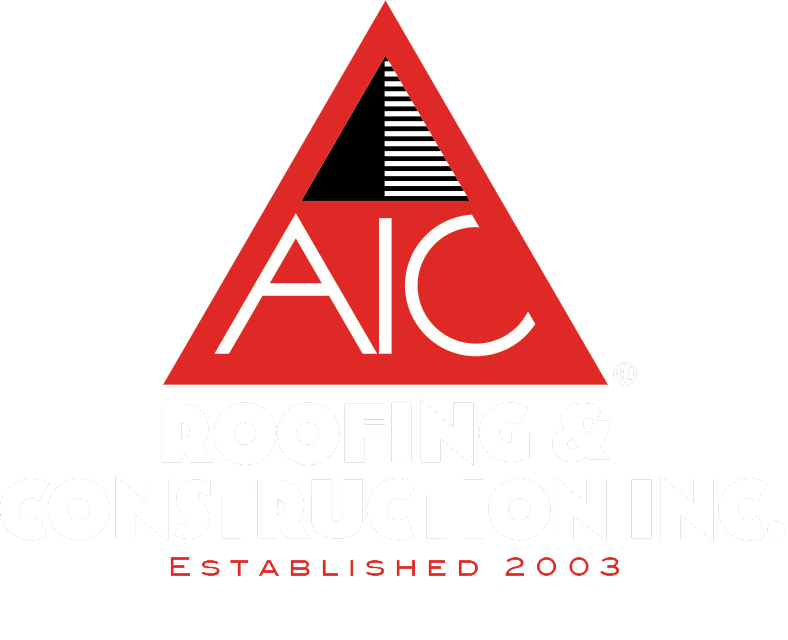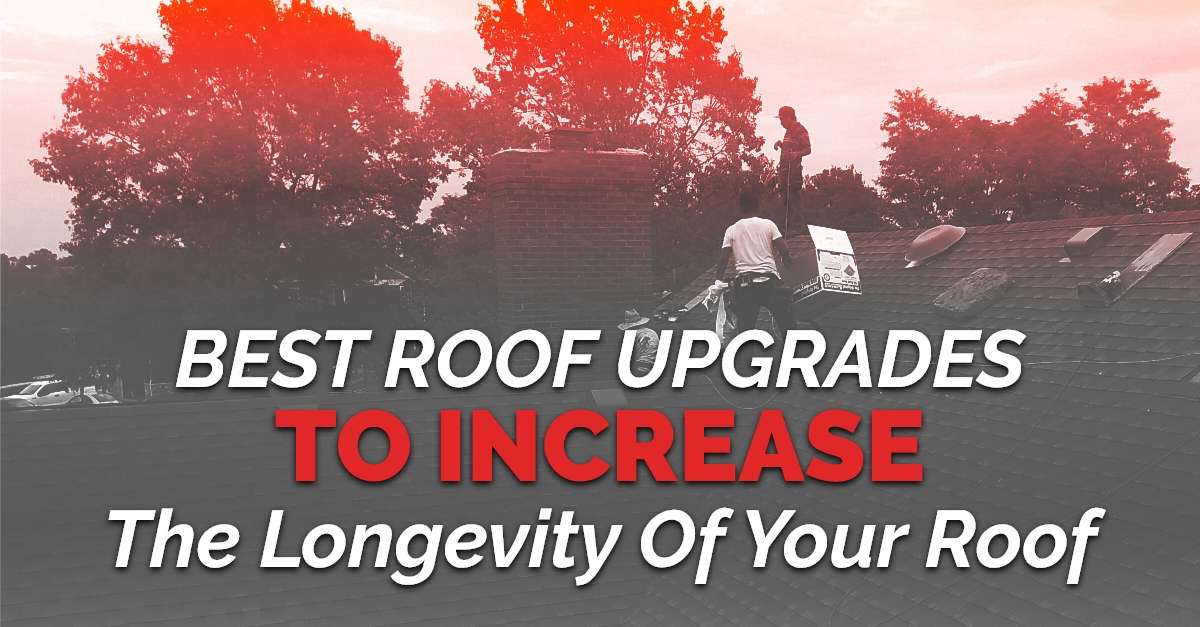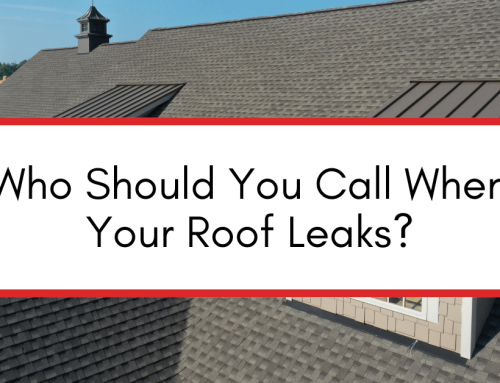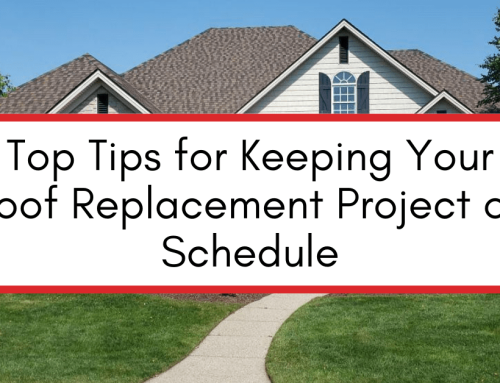Replacing your roof is a significant and (hopefully) rare investment. When replacing your roof and reviewing bids, it’s hard to know if your contractor is trying to upsell you with add-ons or offering genuine suggestions to increase the longevity of your roof. In this article, we break down our three most recommended add-ons (and why) as well as a surprising area you can ‘save’ on your roof!
1. Re-Decking
Under the shingles of your roof there are sheets of plywood called roof sheathing. Think of this sheathing as the foundation of your roof. Each time the roof is replaced on a home, 115-175 nail holes are made in each 4×8 sheet of plywood or OSB. For homes built in the 1960s-1980s which may be on their third or fourth roof replacement, the sheathing may have 300-500 nail holes per sheet! After a few roof replacements, your sheathing may be too compromised to hold nails for another new roof. To resolve this, a contractor removes the existing roof sheathing and replaces it with new plywood or OSB sheets, providing a smooth and secure nailing surface.
Another reason your contractor might suggest re-decking is dry rot. Dry rot occurs when the roof deck is exposed to extreme temperatures. Poorly ventilated attics can reach temperatures of 170+ degrees during warm months. These extreme temperatures can cause many issues, including dry rot, apparent by visual sagging of your roof and premature aging of shingles. If an attic space has been under-ventilated for several decades, the necessity of a total deck replacement increases significantly.
The consequences of choosing not to re-deck your roof can be severe. As new shingles are nailed into the compromised sheathing, your roof may appear to visually sag, and your shingles can literally blow off your roof in severe weather or wind. This situation can cause your new roof to be both unsightly and unable to do its job!
A qualified roofing contractor should be able to tell you if replacing your decking is recommended – or necessary – before they get started. If a contractor suggests re-decking in the middle of your roof replacement, ask to view an example sheet or photos to back up the claim. Additionally, if your home is just on its first or second roof replacement, re-decking may not be necessary unless dry rot is present.
2. Ventilation
Even if your roof replacement is ‘simple,’ your contractor should talk to you about ventilation. Proper ventilation is critical to the longevity of your roof. As a rule of thumb, a roof should have one exhaust vent for every 150-300 square feet of attic space, and each exhaust vent should be paired with a similarly sized intake vent. However, not all ventilation types are created equal.
It’s basic science that hot air rises. During the summer, rising hot air can cause attics to reach temperatures of 170+ degrees Fahrenheit. This causes a host of problems which affect the appearance and strength of your roof.
Two types of vents help reduce attic temperature: active vents and passive vents. Active ventilation generally uses moving parts to drive airflow. Some examples would be power vents, turbine vents, or “whirly-bird” type vents. Even though there are no moving parts, ridge vents are also active vents. Passive ventilation is generally a static opening to allow heat to escape but does not do anything to promote airflow. The most common passive vent is the box vent.
We recommend ridge vents to our clients. They are significantly more efficient than box vents; on average, a 40′ section of ridge vent is comparable to having 18 box vents. One of the best qualities of a ridge vent is they generate active airflow without any moving parts and no power requirement when paired with the correct amount of soffit intake ventilation!
Alternatively, box vents are simply an avenue for heat to escape the attic. Their range of adequate airflow is limited – so they must be placed more frequently along your roof.
3. Ice Damming
Do icicles form on your gutter during the winter? While they’re pretty to look at, they are a symptom of a severe problem – ice dams.
Once ice freezes along your gutters, it can trap or ‘dam’ snowmelt from higher up on your roof. As the ice dam grows, the trapped water will likely result in a roof leak, causing drywall damage, wet insulation, mold, and mildew.
Your roofing contractor may suggest an ice and water shield at the eaves to combat this. Ice and water shield is a rubbery barrier which self-heals around nail penetrations, creating a moisture-tight seal on your roof.
In many parts of the country, building codes require ice and water shields to be installed on prescribed areas of roofs. It’s rare that your home would need this shield over your entire roof (only if you live in extreme cold). Historically, an ice and water shield was only installed along the eaves of your roof; however, it is now recommended as a preventative measure in all leak-prone areas such as:
- Walls
- Valleys
- Pipes
- Chimneys
4. Shingle Type and Grade
This one may surprise you. A common misconception is the difference between high and mid-grade shingles is the quality. This is not the case! Their differences are primarily aesthetic. Mid and high-grade shingles offer 30-50 year lifespans and comparable warranties. High-grade shingles are often differentiated from mid-grade due to their aesthetics or curb appeal. High-grade shingles may be thicker – which actually does not impact the durability of a shingle. If a contractor is pushing you toward higher-end shingles, inquire about lifespan and warranty differences.
Researching your roofer’s suggestions and getting a second opinion are great ways to clear up any doubts you may have. Of course, hiring a contractor you trust from the start is of the utmost importance. Call us at AIC Roofing & Construction to start.
3-tab attics barns chimney choosing a contractor commercial cost curb appeal DIY estimate financing flashing flat roof GAF glossary gutter replacement gutters gutter size gutter system ice dams inspections insurance missing shingles roof design roofing materials roofing system roof leak roof maintenance roof materials roof repair roof replacement roof shapes roof types shingle ratings shingles siding siding materials siding replacement skylights storm damage underlayment ventilation warranty winter
